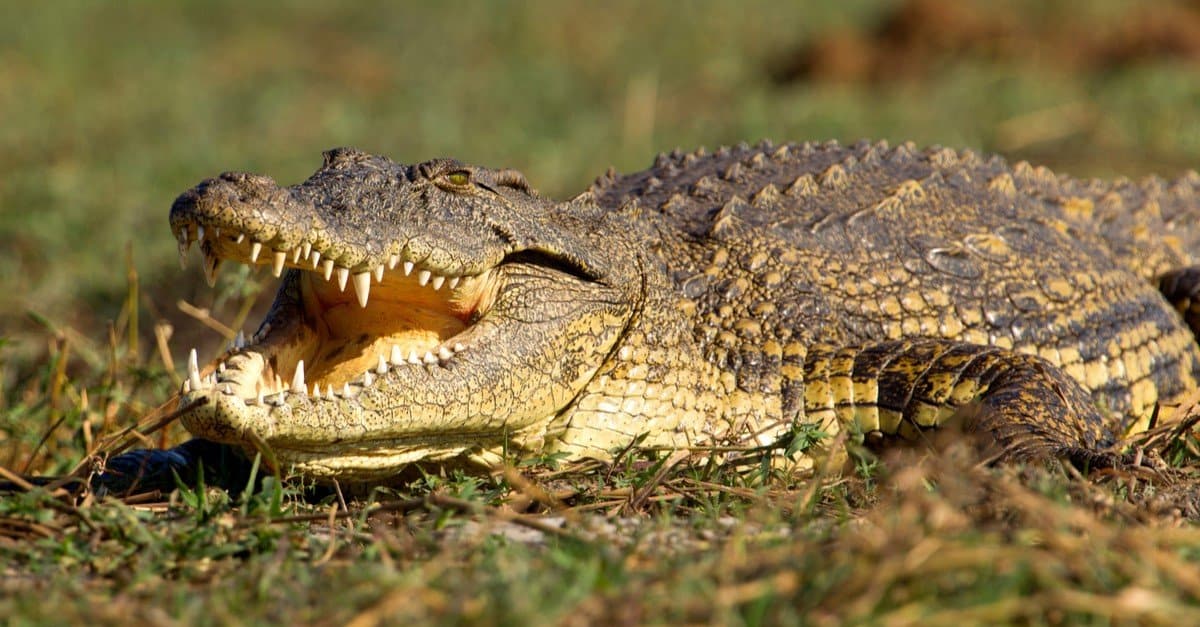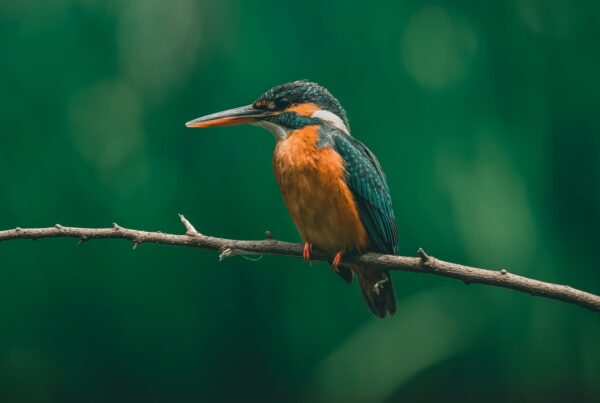Introduction to the Facts About the Nile Crocodile
Few creatures strike as much fear—and awe—as the formidable Nile Crocodile (Crocodylus niloticus). With a lineage dating back over 200 million years,
this apex predator is not just Africa’s largest reptile but also one of its most fascinating. Known for its sheer power, calculated stealth, and prehistoric presence,
the Nile Crocodile commands immense respect in both nature and folklore.
Inhabiting rivers, marshes, and lakes from sub-Saharan Africa to the Nile Delta, it is an indispensable part of the continent’s aquatic ecosystems. But beyond its fearsome jaws lies
a world of complex behavior, evolutionary marvels, and ecological importance. Here are five incredible facts that will deepen your appreciation for this aquatic giant.
1. They Are One of the Largest Crocodilian Species
The Nile Crocodile is the second-largest crocodile species in the world—only surpassed by the saltwater crocodile of Southeast Asia and Australia. Adult males typically measure
between 4 to 5 meters (13 to 16 feet) in length, although some exceptional individuals can exceed 6 meters (20 feet) and weigh over
1,000 kilograms (2,200 pounds).
These size metrics aren’t just impressive—they signify dominance. Their bulk allows them to tackle large prey, including antelope, buffalo, and even, on rare occasions, humans.
Their powerful tails, armored scales, and muscular bodies make them a formidable aquatic force that few animals dare to challenge.
2. Perfect Predators: Masters of Ambush
Nile Crocodiles are ambush predators—patient, strategic, and merciless. They possess unparalleled stealth in water, often lurking just beneath the surface with only their eyes
and nostrils exposed. Their prey never sees them coming.
When the moment is right, the crocodile explodes from the water with lightning speed. Its jaws snap shut with a bite force of over 5,000 PSI (pounds per square inch)—one of the
strongest bites in the animal kingdom.
After the initial capture, it often performs a gruesome but effective maneuver called the “death roll”, twisting its body violently to tear flesh or dismember limbs.
This behavior has fascinated scientists and horrified witnesses for decades.
3. They Exhibit Advanced Social and Parental Behavior
Despite their fearsome reputation, Nile Crocodiles display surprisingly sophisticated social behavior. During the dry season, hundreds of crocodiles can gather around shrinking
waterholes, tolerating each other’s presence without conflict—an unusual trait among apex predators.
Even more remarkable is their maternal instinct. Females guard their nests for months and gently carry hatchlings to water in their mouths once they emerge.
Mothers often remain near the young for extended periods, protecting them from predators such as birds, monitor lizards, and even other crocodiles.
This level of parental care is rare among reptiles and highlights the complex nature of crocodilian behavior—far beyond the cold-blooded killer stereotype.
4. Ancient Survivors with Powerful Adaptations
Nile Crocodiles are living dinosaurs—reptiles that have survived mass extinctions and outlived the Ice Age. Their evolutionary success lies in several key adaptations:
- Transparent third eyelids (nictitating membranes) that protect their eyes underwater while allowing vision.
- Specialized heart valves that regulate blood flow and allow prolonged dives—up to 30 minutes without surfacing.
- Dermal pressure receptors on their jaws that detect minute vibrations in the water, aiding in detecting movement even in murky rivers.
These adaptations make the Nile Crocodile not only a master of its environment but a symbol of biological efficiency perfected over millennia.
5. Vital Role in Ecosystem Balance
As apex predators, Nile Crocodiles are essential for maintaining healthy ecosystems. By preying on the weak, the sick, and the injured, they help regulate populations of
fish, amphibians, and mammals, which in turn ensures balanced food chains and biodiversity.
Furthermore, crocodile nesting activity aerates soil, and their scavenging habits help prevent the spread of disease by cleaning up carcasses. Their presence is often an
indicator of a well-functioning wetland or river system.
Sadly, these ecological benefits are often overlooked due to fear and misconceptions, which can lead to unnecessary persecution of these animals.
Human Conflict and Conservation Challenges
Nile Crocodiles occasionally come into conflict with humans, especially in areas where people rely heavily on rivers for fishing, bathing, or laundry. Attacks, though rare,
can be fatal, leading to fear-driven killings and habitat destruction.
Despite these challenges, the species remains relatively widespread and is currently listed as “Least Concern” on the IUCN Red List. However, certain regional populations
are at risk due to habitat degradation, illegal hunting, and pollution.
Conservation efforts focus on education, community-based conservation, and the promotion of ecotourism as a sustainable way to benefit from crocodile presence while preserving
their habitats.





 WildHorn Africa – Authentic and unforgettable tours across Africa, guided by local experts who know the land, wildlife, and culture best.
WildHorn Africa – Authentic and unforgettable tours across Africa, guided by local experts who know the land, wildlife, and culture best.


